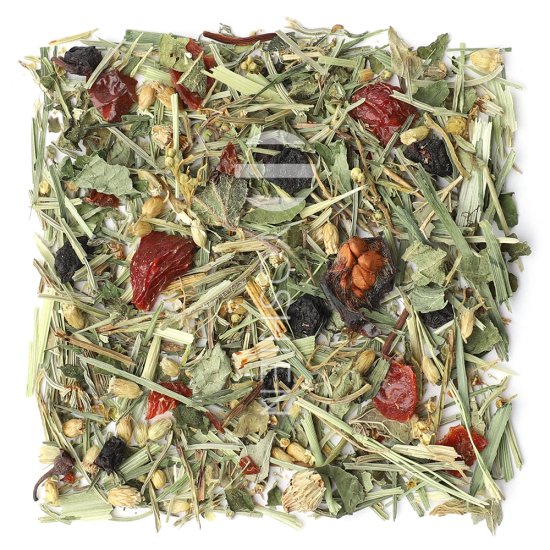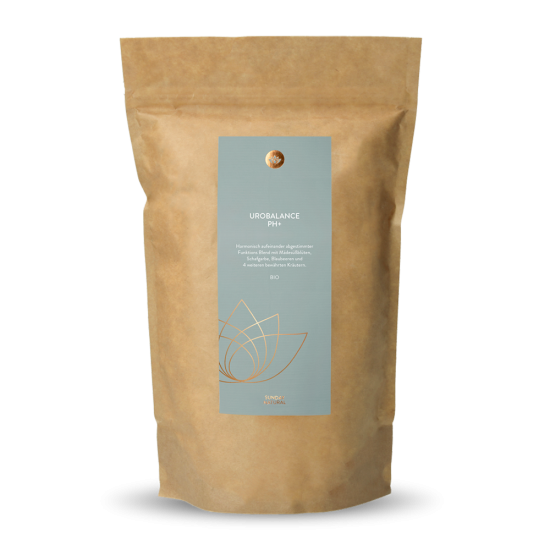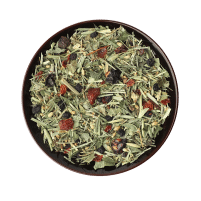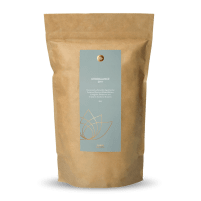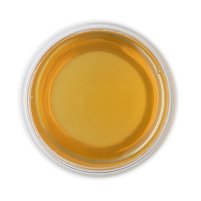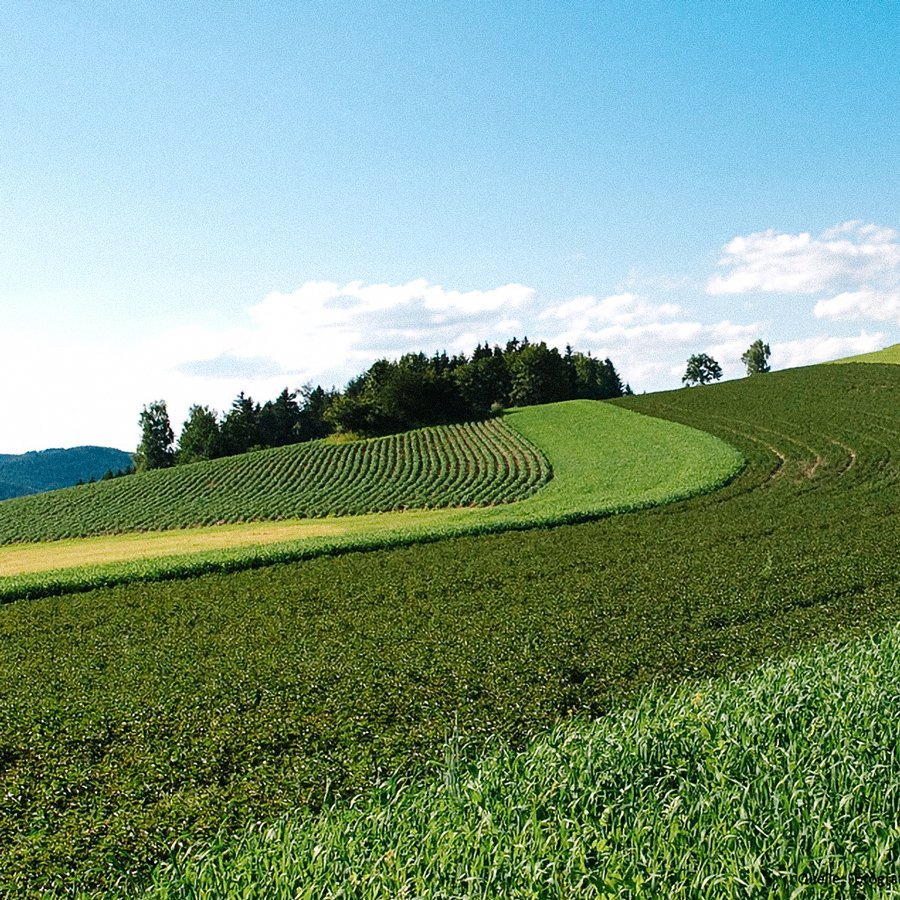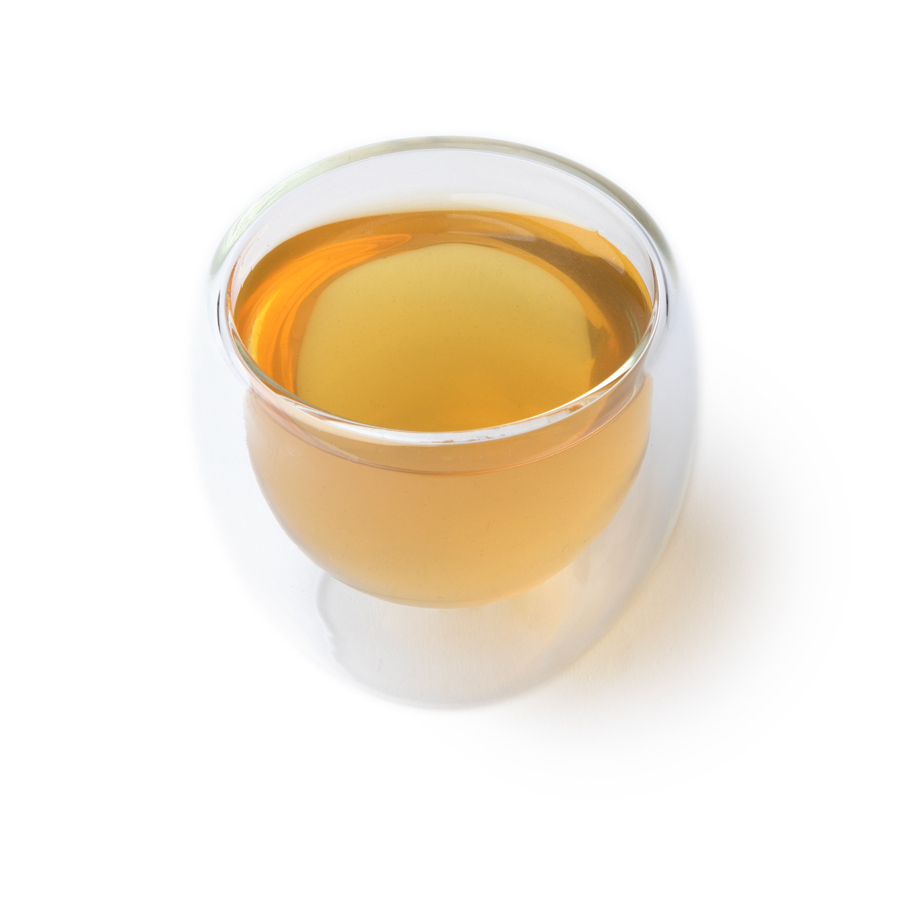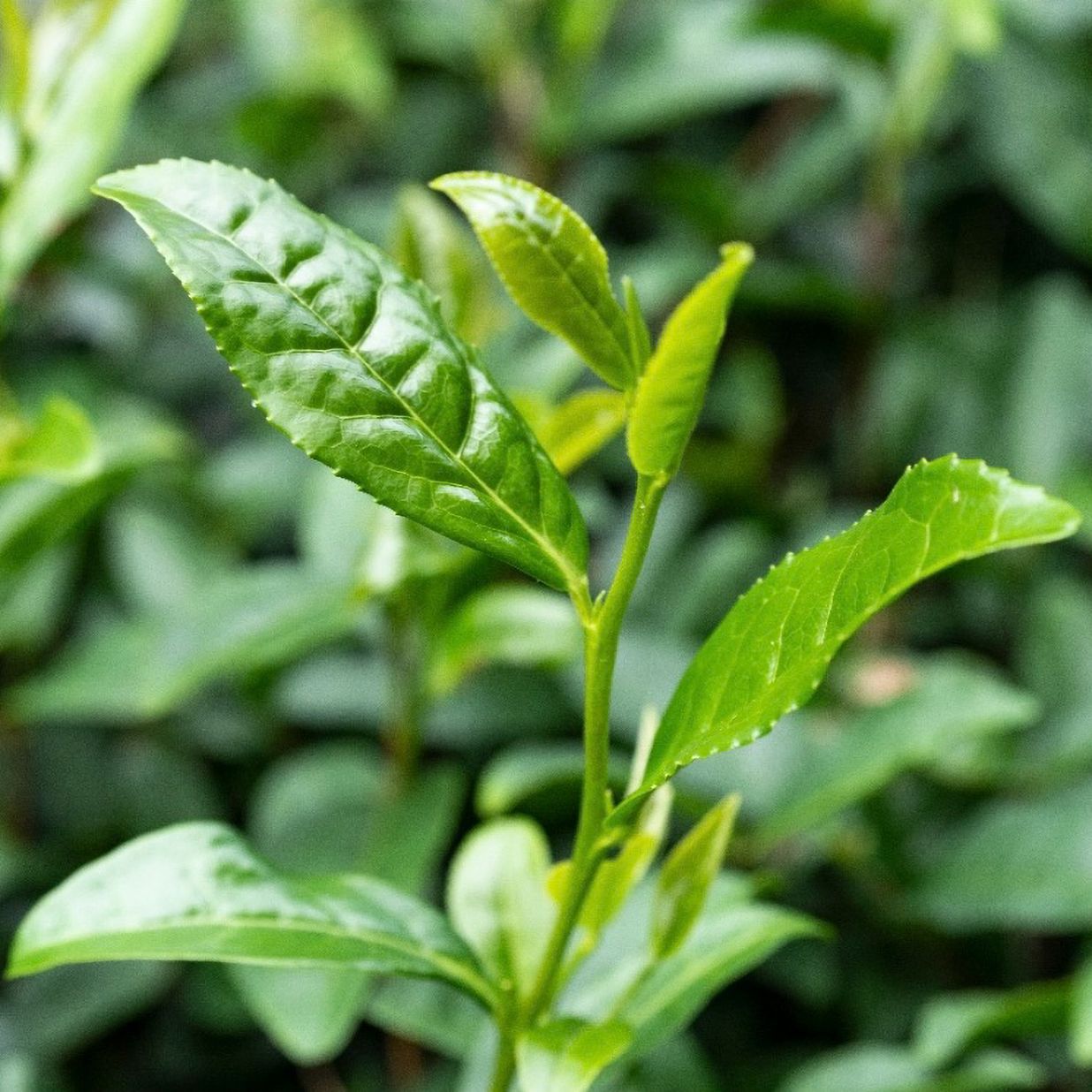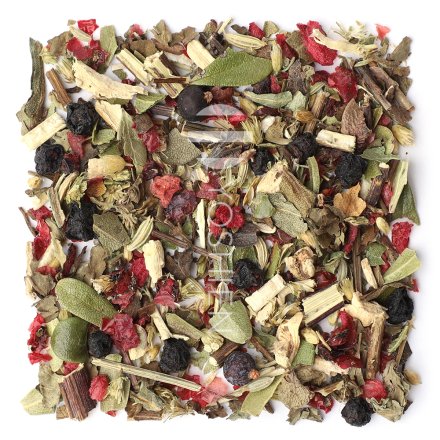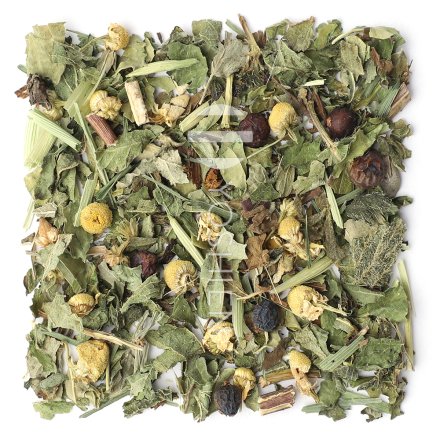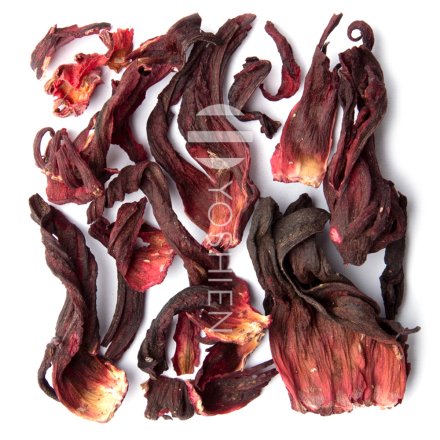Horsetail
Horsetail (Equisetum arvense) is water-expelling and has long been used as a natural remedy for supporting the urinary tract. This plant is rich in silicic acid, potassium salts, flavonoids, saponins, phenolic acids, alkaloids, essential oils, phytosterols, and triterpene acids.
Blueberries
On account of their high density of nutrients and plant compounds, blueberries are considered an absolute superfood. Their nutritional value is also high even when consumed as a tea. The compounds inside blueberries include catechins, tannins, flavonoids and anthocyanin glycosides, which all synergistically support one another.
Green Oats
Green oat tea is made from underripe oats that are harvested before peak bloom. Green oats are very alkaline and contain numerous effective phytochemicals including flavonoids and saponins, as well as minerals and trace elements.
Rosehip
Rosehips are the red pseudo-fruits of wild-growing roses that have been used as a traditional medicinal herb for centuries. Rosehip shells are rich in antioxidants, vitamin C, anthocyanins, proanthocyanidins, flavonoids, carotenoids (lycopene), and tannins.
Meadowsweet
Meadowsweet is native to Europe and North America, and grows on moist meadows and stream banks. The Germanic peoples of Europe valued this plant as a medicinal herb some 2,000 years ago. Meadowsweet contains the phenolglycosides salicylaldehyde and methyl salicylate. Salicylaldehyde is converted to salicylic acid in the liver, and the effects of this acids are supported by other compounds in meadowsweet such as flavonoids and tannins.
Balm
Balm is originally from Southern Europe, but due to its popularity as a medicinal herb it is now grown all over Europe. Nearly all cloister gardens in the Middle Ages cultivated balm as an indispensable herb. Balm leaves contain essential oil consisting of citral, geranial, neral, and citronellal. Other compounds within the plant include flavonoids, bitter substances, triterpene acids, beta-caryophyllene, and tannins such as rosmarinic acid and caffeic acid.
Yarrow
Yarrow naturally occurs across Europe and parts of Northern Asia, and has a long history as a medicinal herb. According to Greek mythology, yarrow was used to heal Achilles's wounds which is why the plant is scientifically known as Achillea millefolium. Active compounds in yarrow include essential oil, tannins, and flavonoids.
ORGANIC CERTIFICATION:




